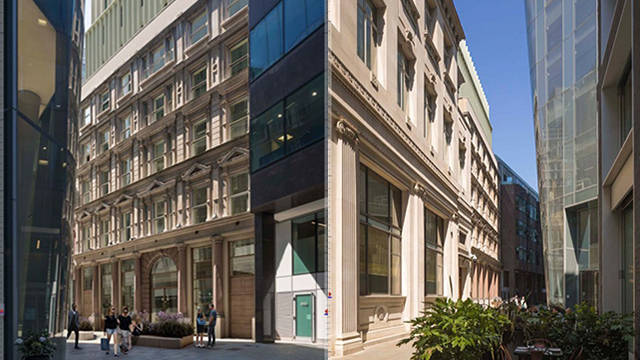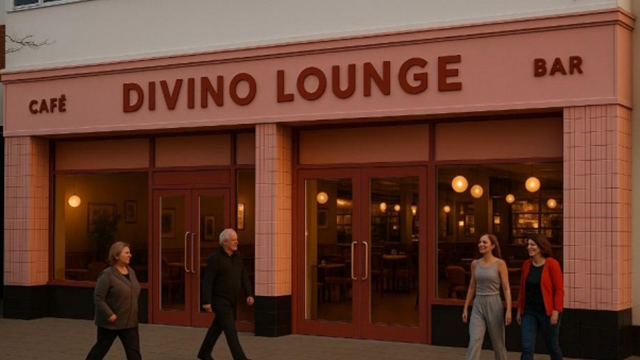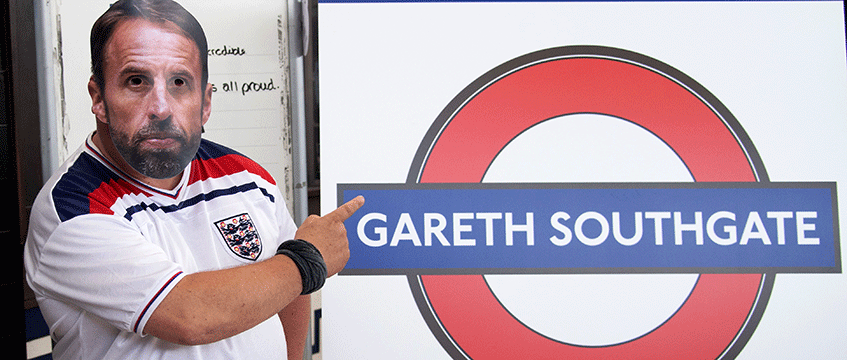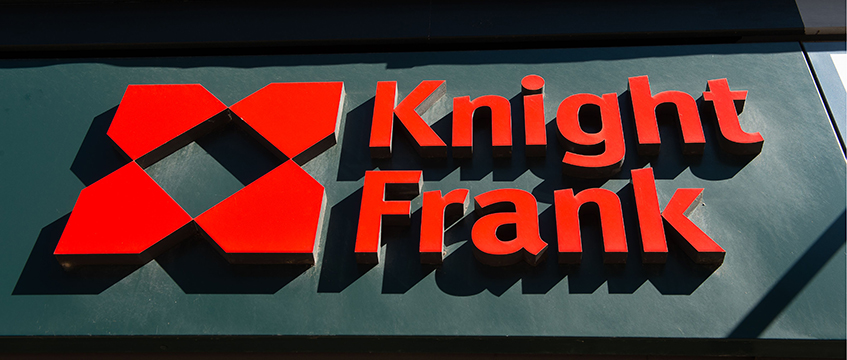COMMENT: Amid the business turmoil on the high street, last week afforded a bit of relief.
England’s heroics in the World Cup boosted beer sales, as footie fans bought millions of additional pints (and launched them into the sky all at once), waistcoat sales rose by 35% as the Southgate effect took off and the hot weather gave parts of the retail industry a much-needed boost.
Supermarket chain Aldi even promised staff paid leave if the Three Lions reached the final. The feel-good factor in the UK as well as the sun has returned. Have retailers maximised that opportunity?
The great British weather has always been a factor determining spending habits and 2018 has been no exception. At the start of this year the first retail casualties began to appear, many of them citing the “beast from the east” for sustained profit warnings in Q1 and Q2 as the rain and cold kept people indoors and away from town centres and shops.
And the current heatwave has also taken its toll. A sustained period of inertia from shoppers, especially in an industry with slim margins, will have a negative effect on revenue. Last week DFS’s financial arm announced that trading conditions had deteriorated owing to the hot weather keeping people away from retail parks. It is one battle the out-of-town sector seemingly cannot win.
Sales of sunglasses rise in summer while sales of umbrellas drop. Sales of TVs always do very well in a World Cup summer, as do sales of beer, food and related-barbecue supplies.
But the magnitude of the spend this year, when so many retailers are in dire straits, should not be underestimated. The British Retail Consortium predicts that consumers will have gone on a £90bn spending spree as they revel in the carnival atmosphere.
Build it and they will come
Who knew that Build-A-Bear was so popular? The retailer hit the front pages last week, announcing a “pay your age” scheme. Instead of forking out £50 for a bear, customer will pay the same number of pounds as the age in years of the bear’s intended recipient.
A feeding frenzy ensued and queues stretched around the UK’s shopping centres. The ploy was initially deemed unsuccessful, but how much additional footfall and interest, let alone media coverage, did it generate? All news is good news, right? The event proves that retail can still be a pulling factor and is a great lesson in how to encourage people to get out of the house and shop.
The latest edition of Colliers’ Mid Summer Report published last week offered insights, with help from YouGov, on what environments shoppers find appealing. Some 70% of 18- to 34-year-olds found town centres the most appealing places to shop. People still want to spend their money on consumer items. Much has been said about the internet age and how online shopping will account for 20% of all retail revenue by the end of the year. But online spending is not just a reaction to the ailing high street, it is a symptom of its demise.
Community shopping centre investor Ellandi has recently come up with a novel way to reduce the number of vacant retail units by introducing co-working spaces at its Marlands Centre in Southampton. The move is intended to support new start-ups and enterprise in local areas.
The launch of the Grimsey Review 2 in Birmingham this month illustrated that shops aren’t the only facilitators of the great British retail revival. West Midlands mayor Andy Street, who is also the former chief executive of John Lewis, is helping to lead the charge and will announce four pilot towns in which to test the review’s recommendations.
Many retail experts are working together to find the right solutions for the high street’s problems, but the challenges are varied and complicated.
Challenges ahead
Debenhams, having posted an 85% drop in profits in April it, said it was looking to formally exit around 25 stores that had lease events over the next five years. A further 30 stores were set to be “right-sized.” It was also pulling insurance cover for its suppliers.
It seems that the inherent issues in the department store sector are the result of an outdated model – House of Fraser’s CVA is still fresh in everyone’s mind – and it would be no surprise to see a mass cull of stores later this year.
We can now add The Original Factory Shop and Poundworld to the growing list of firms announcing store closures in 2018. Radius Data Exchange calculates that 11.4m sq ft of retail space has now been lost owing to store closures or administrations.
The summer months have provided some relief for many retailers, as the heat drives up Q3 revenue. But the storms and the rain will return – and with them, the negative headlines.
One hopes that the great work done over the past few months will have a longer-term effect. Industry experts must collaborate in the face of adversity, and the positivity of the past few weeks and goodwill in the sector must be exploited in order to ensure a stronger future.
To send feedback e-mail james.child@egi.co.uk or tweet @jamesChildEG or @estatesgazette











